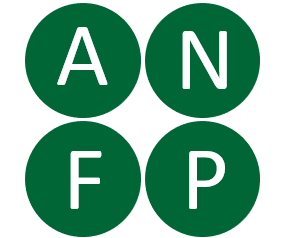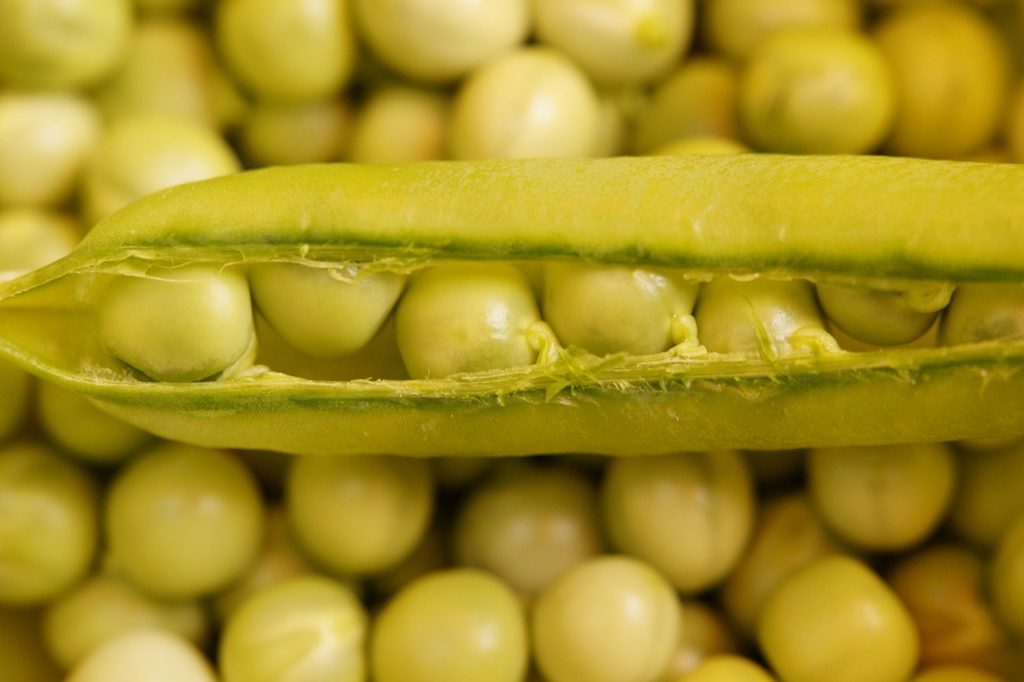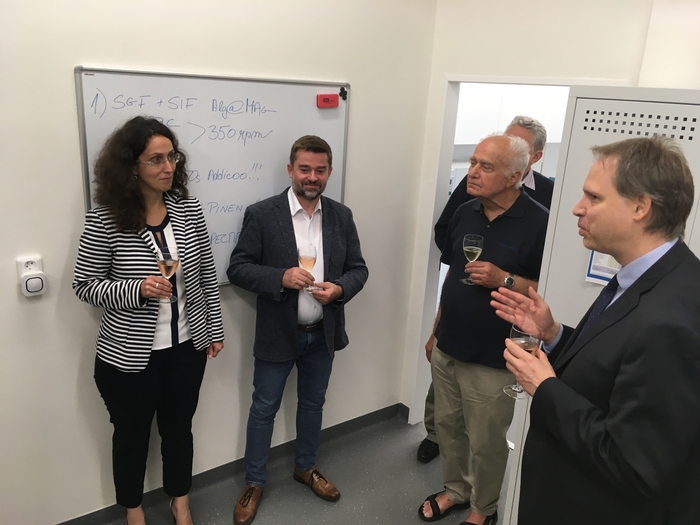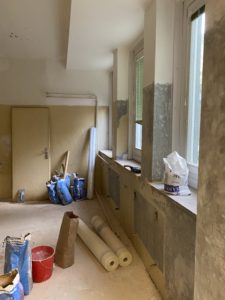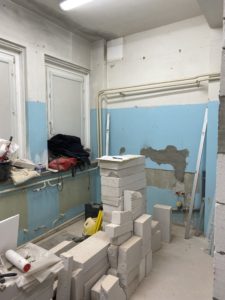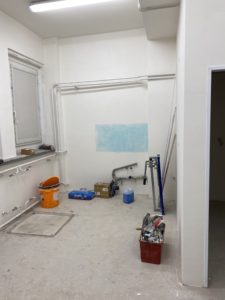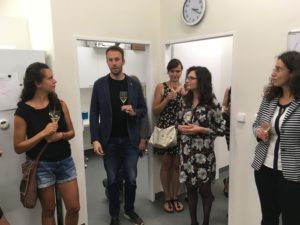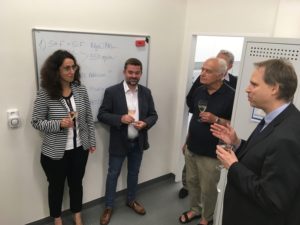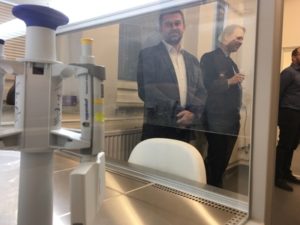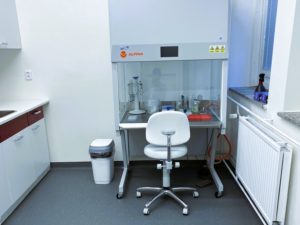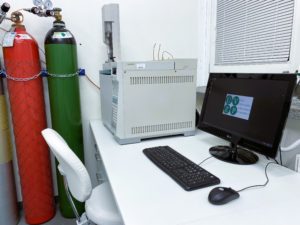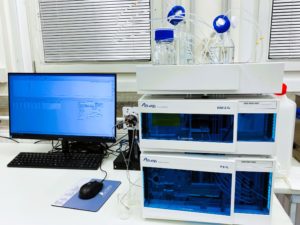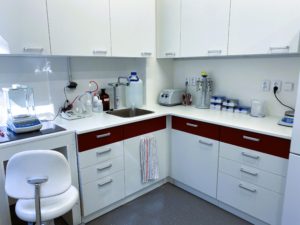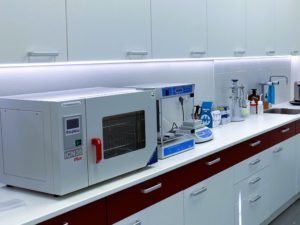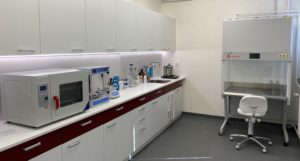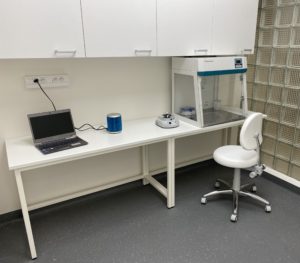Does Digestate Dose Affect Fodder Security and Nutritive Value?
by Ivana Kolackova, Barbora Smolkova, Oldrich Latal, Sylvie Skalickova, Jiri Skladanka, Pavel Horky, Pavel Knot, Tereza Hammerschmiedt, Antonin Kintl, Jiri Holatko, Jan Pozdisek, Martin Brtnicky

Abstract
With the rising interest in digestate use as a fertilizer on permanent cultures, there is a need to examine its effects on food and feed quality. This study is focused on the use of digestate in grassland fertilization and its effects on nutritive value parameters such as mycotoxin contamination (deoxynivalenol, aflatoxin, and T-2 toxin) and nutrient content (crude protein, crude fat, crude fiber, ash, nitrogen-free extract, digestibility of organic matter, acid detergent fiber, and ash-free neutral detergent fiber). The experiment was carried out in the Czech Republic, and the effects of fertilization regime, year, and harvest date (summer and fall cuts) on nutritive value were observed. An effect of the year on DON, AFB1, and T-2 contamination levels was observed. An effect of the harvest or fertilization regime on mycotoxin contamination was not observed. Significant differences were observed in the content of all nutrients, except ash, depending on the year. Differences were found only in the case of ADF levels, depending on the harvest date, as well; however, no differences were found between fertilization regimes. Our findings suggest that digestate does not negatively affect fodder in terms of nutritive value nor safety.
